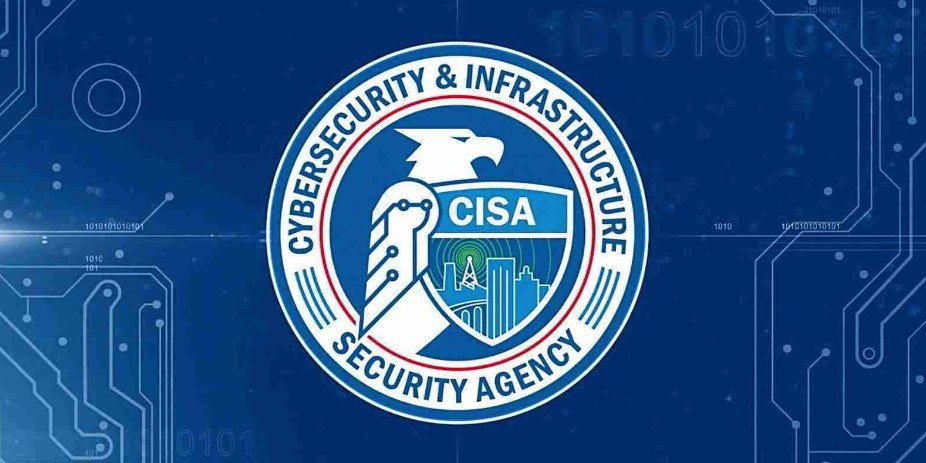Understanding the CISA Order and Persistent Risks at the Network Edge
March 15, 2024

In an era dominated by digital connectivity, the network edge has become a critical frontier in the battle against cyber threats. The recent Cybersecurity and Infrastructure Security Agency (CISA) order has brought to light the persistent risks that organizations face at the network edge. This blog aims to dissect the key elements of the CISA order and shed light on the evolving threat landscape at the network’s periphery.
Understanding the CISA Order
The CISA order, issued in response to escalating cyber threats, underscores the urgency of addressing vulnerabilities at the network edge. It emphasizes the need for organizations to fortify their cyber defenses, particularly in areas where the digital environment interfaces with the physical world. The order provides a roadmap for enhancing cybersecurity resilience and mandates the adoption of specific measures to mitigate persistent risks.
Key Highlights of the CISA Order
Zero Trust Architecture
The order emphasizes the adoption of a Zero Trust Architecture, urging organizations to assume a “never trust, always verify” approach. This involves scrutinizing and validating every device, user, and network component attempting to access the organization’s systems, irrespective of their location.
Multi-Factor Authentication (MFA)
Recognizing the importance of robust authentication mechanisms, the CISA order mandates the implementation of multi-factor authentication across all systems. This additional layer of security helps safeguard against unauthorized access, reducing the risk of compromised credentials.
Endpoint Detection and Response (EDR)
The order highlights the critical role of Endpoint Detection and Response solutions in identifying and mitigating potential threats at the network edge. These tools provide real-time monitoring and response capabilities, enhancing an organization’s ability to thwart cyber attacks.
Encryption Practices
Encrypted communication is pivotal in securing data transmission across the network edge. The CISA order advocates for the widespread adoption of encryption protocols to protect sensitive information from interception and unauthorized access.
Persistent Risks at the Network Edge

IoT Vulnerabilities
The proliferation of Internet of Things (IoT) devices at the network edge introduces a myriad of security challenges. Many of these devices have inadequate security measures, making them susceptible to exploitation by malicious actors.
Supply Chain Risks
The interconnected nature of modern supply chains creates opportunities for cyber adversaries to infiltrate networks through third-party vendors. The CISA order encourages organizations to scrutinize and enhance the cybersecurity posture of their supply chain partners.
Legacy Systems
Outdated and unsupported systems pose a significant risk at the network edge. The CISA order underscores the importance of retiring legacy systems or implementing robust security measures to mitigate vulnerabilities associated with older technology.
As organizations navigate the complexities of the digital landscape, the CISA order serves as a wake-up call to prioritize cybersecurity measures at the network edge. Implementing the prescribed security measures, adopting a proactive stance, and staying informed about emerging threats are crucial steps in fortifying defenses against persistent risks. By embracing a comprehensive cybersecurity strategy, organizations can better protect their assets, maintain operational continuity, and safeguard sensitive data from the ever-evolving threat landscape.
Have Any Question?
Call or email Cocha. We can help with your cybersecurity needs!
- (281) 607-0616
- info@cochatechnology.com




